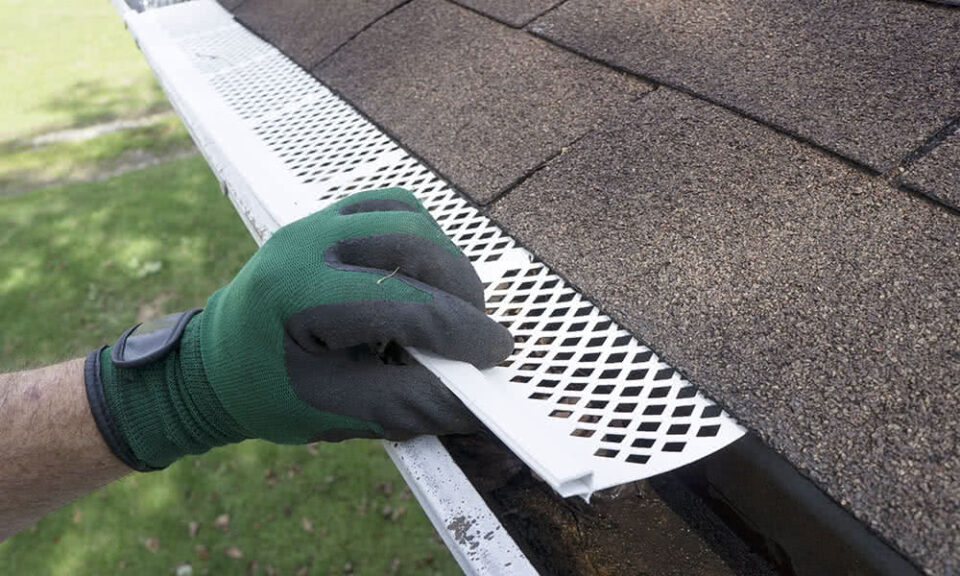Gutters and downspouts endure a constant onslaught from debris, moisture, pests, and weather that gradually degrades and damages them over time. But installing quality gutter guards protects your existing seamless aluminum or galvanized steel gutters, preventing premature failure and extending their functional lifespan significantly. Implementing preventative protection with custom-fit guards tailored to your specific climate and property trees will help you get the maximum value from existing gutters and downpipes.
- The primary purpose of any gutter guard is to keep gutters free of leaf litter, sticks, seeds, buds, and other debris which would otherwise accumulate. Clogs force water to overflow and seep under shingles instead of draining properly.
- By forming a durable physical cover over the gutter trough, guards deflect falling debris to keep metal or vinyl gutters clear and able to handle water volume. It eliminates time-consuming manual cleaning while supporting quick drainage.
- Choices like perforated galvanized sheet guards or mesh guards allow smaller water through while blocking debris. Sturdier hood-style guards fully cover while directing flow under. Pick a guard type matching your roofing design and debris type.
Prevent ice dams through insulation
The melting and refreezing of snow and ice causes “ice dams” to form in gutters in cold climates. This traps water against the roof and leaks through shingles as it thaws. But certain guards help insulate vulnerable areas. Some guard models incorporate heat trace cables or heating mats running their length, warming the roof edge above freezing. This prevents ice dams from forming while heating gutters slightly to melt small accumulations. Guards also keep the inner gutter surface clear of snow. You should fix your downpipes now rather than allowing snow to pack tightly into unprotected gutters and freeze repeatedly into huge dams.
Reduce rust and corrosion
Standing water and debris left stagnating accelerates rust and corrosion of steel and aluminum gutters and downspouts. But effective gutter guards prevent this by keeping flow paths open. Guards stop the endless cycle of small clogs occurring each autumn as debris falls. Eliminating standing water removes the moisture which promotes oxidation and rust growth. Clean bare metal surfaces resist corrosion much longer. Certain guards also incorporate anti-microbial zinc or copper ions that actively inhibit the buildup of mildew and algae responsible for pitting metal.
Prevent wood rot from the overflow
Wooden roof edges, fascia boards, siding, and decks suffer eventual water damage when gutters overflow constantly. Consistent dryness maintained along the roof edge prevents moisture seepage that rots vulnerable wood over time. Protected channels keep the vulnerable wooden eaves clear of ice, snowmelt, and rain even during extreme weather. Well-fitted guards that fully span the entire length of gutters provide complete protection against wood rot originating from moisture cascading into gutters and breaching the roof edge. Preventing overflow preserves your woodwork.
Deter entry and infestation by pests
Gutters containing moist debris become breeding grounds for mosquitos, carpenter bees, stinging wasps, rodents seeking nesting material, and other undesirable pests. But guards deny them easy habitat. By keeping channels debris-free and dry, guards prevent gutters from evolving into perfect pest environments. Mesh and perforated designs block entry while smoother surface guards deter nest attachment on gutter walls. Periodic flushing of downspouts also removes any incidental organic matter where larvae or eggs could accumulate out of sight. When gutters remain biologically clean, pest pressures abate.

